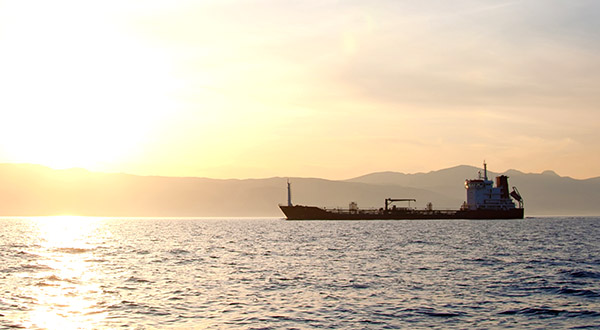The increasing vessel supply will put pressure on LNG charter rates in 2018, Drewry said. It also added that its short-term outlook for LNG charter rates is still pessimistic because of the high fleet growth rate compared with demand.
The fleet is about to expand by 11% due to high deliveries and low demolition activity, while low freight rates caused a huge pile-up of deliveries in 2018.
Namely, in 2017, 43 vessels were planned to be delivered, while only 27 were delivered during the year, with 16 were being delivered in 2018. In 2018 a total of 69 vessels are scheduled for delivery in 2018.
However, Drewry noted that it does not expect all of the 69 ships to be delivered as scheduled, predicting that only 45 LNG carriers, with 7.6 million cbm capacity, will be delivered.

As far as spot rates are concerned, the first quarter of 2018 will be weaker than the last quarter of 2017. However, in the second half of 2018, charter rates will increase, as high Chinese LNG imports will absorb the excess tonnage available in the spot market.
“Overall, the LNG market in 2018 will be marked by a high number of vessel deliveries, low scrapping activity, reactivation of idle fleet and strong Chinese demand,” Drewry informed.
Furthermore, high slippages of vessels into 2018 are expected to increase vessel supply and pressure charter rates. Strong LNG trade growth during 2018 will help to create a resistance level to prevent charter rates from falling.
“Spot vessel availability will remain high during the first half of 2018, leading to below average charter rates. However, we project a strong finish to the year, with increased residential heating demand from China taking charter rates to similar levels as the second half of 2017. We believe the conversion of coal-fired residential heating to gas-fired residential heating in China will be rapid, and thus, the base demand during winter will increase in 2018 as compared with 2017,” mentioned Shefali Shokeen, Senior Analyst at Drewry.






























































